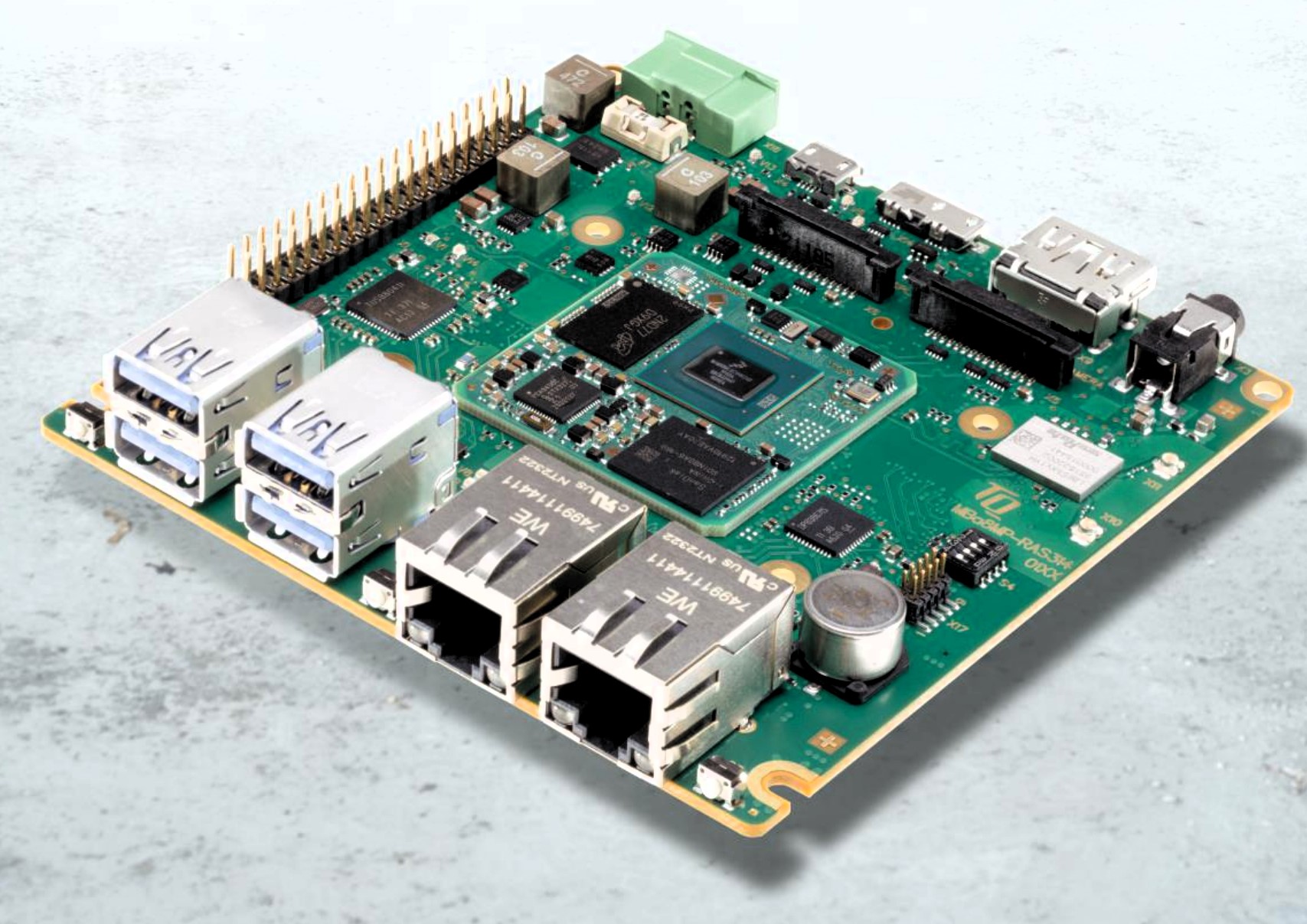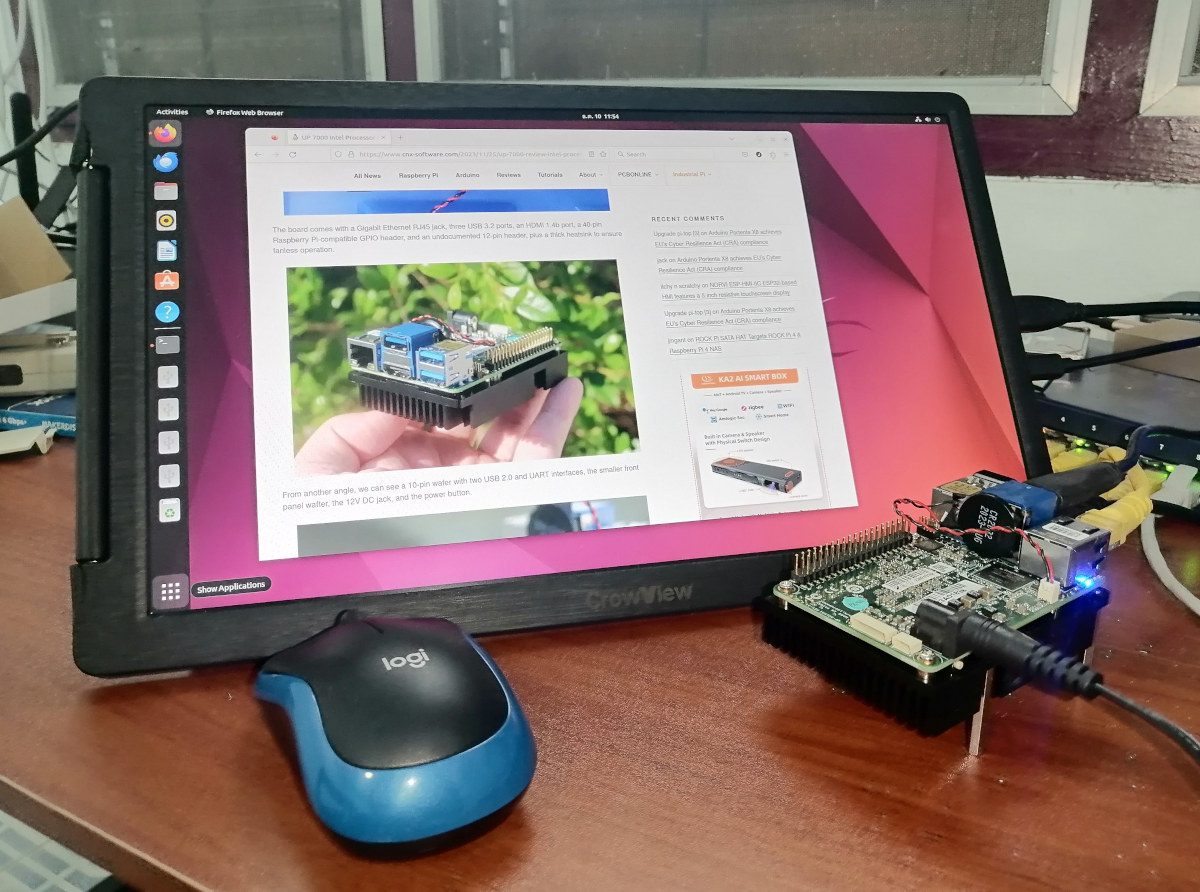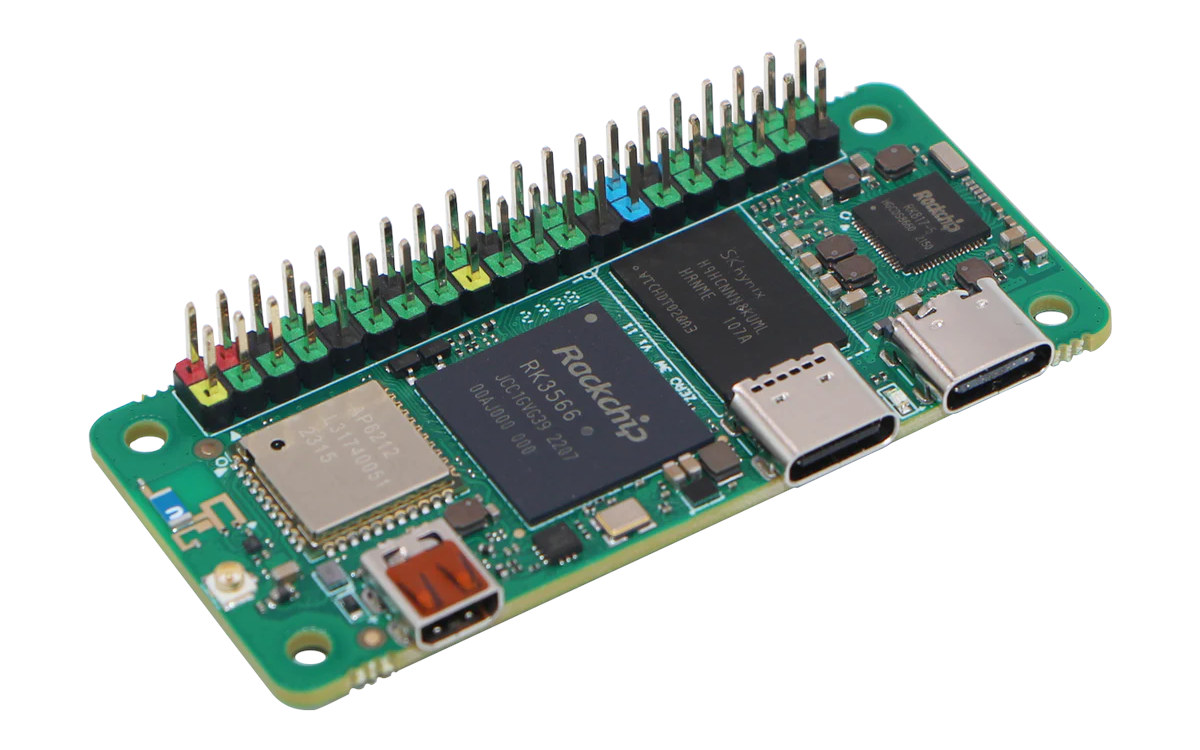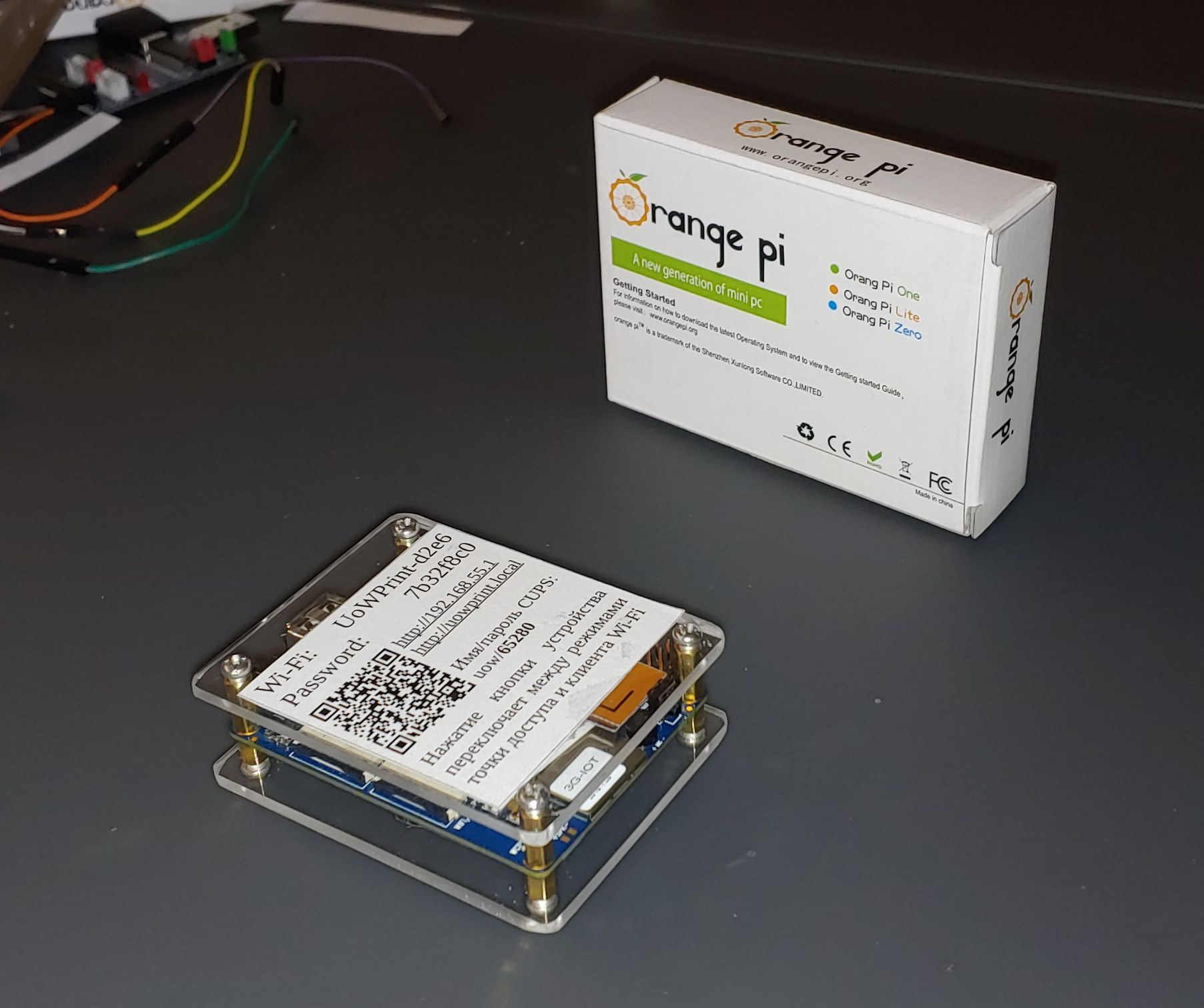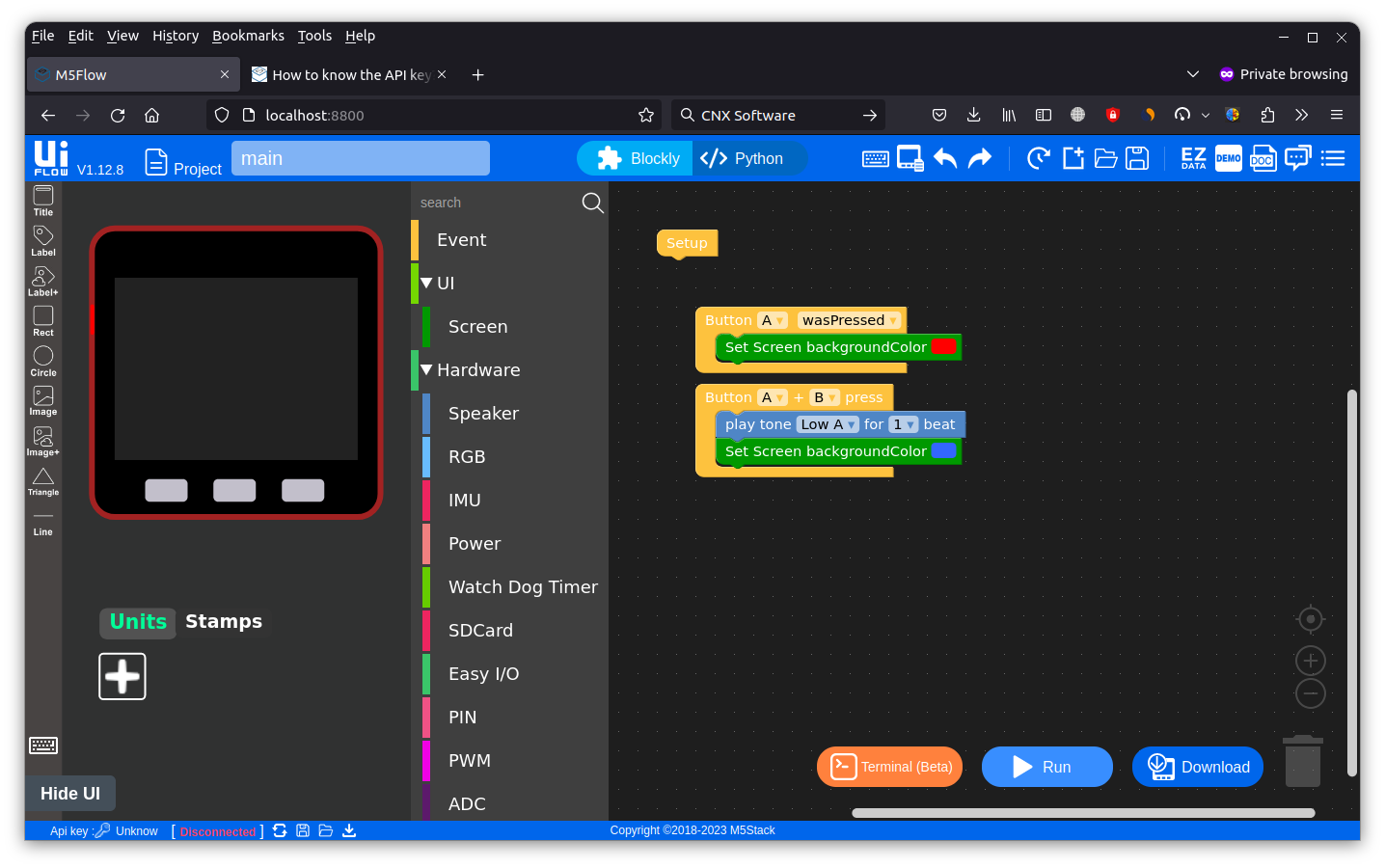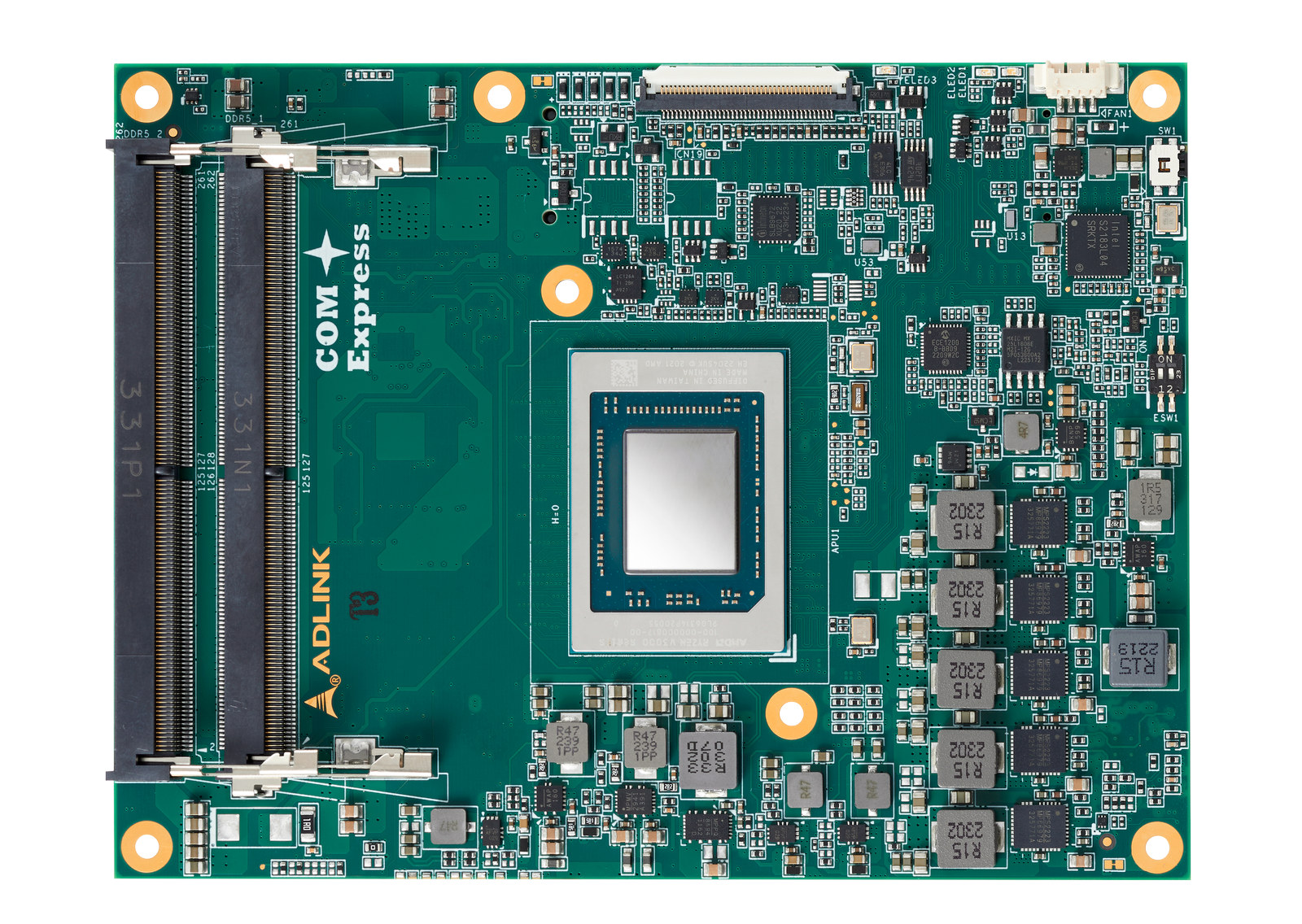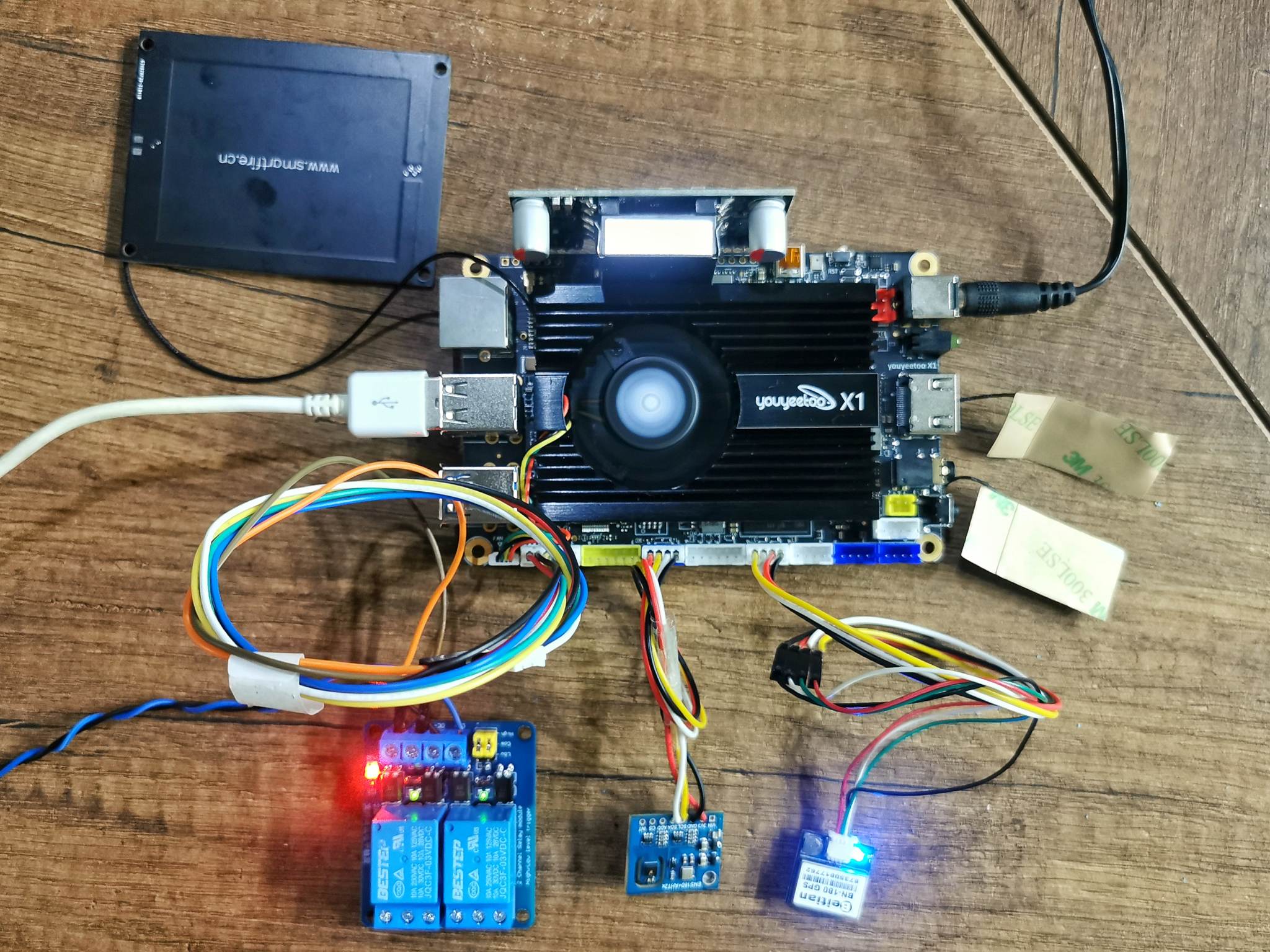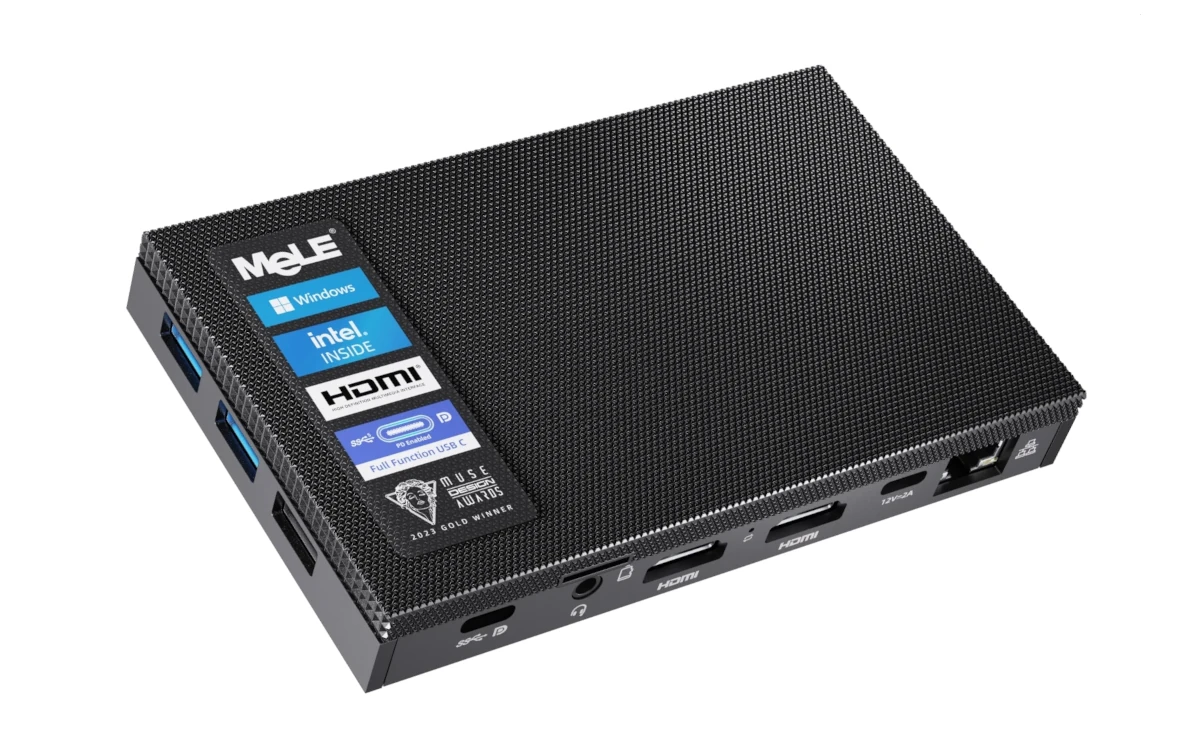TQ has recently introduced a single board computer (SBC) called MBa8MP-RAS314. This industrial SBC is built on the TQMa8MPxL embedded module powered by the i.MX 8M Plus Arm Cortex-A53 processor developed by NXP and incorporates all the interfaces of the processor. The MBa8MP-RAS314 single board computer (SBC) finds many applications across various industries due to its features and versatility. In the medical field, it can be found in equipment for sleep monitoring, HMI eye laser systems, dialysis system control, and patient monitoring. In transportation, it can be used for in-vehicle diagnostics and acts as a gateway. Its capabilities extend to industrial automation, where it contributes to optical inspection systems, soft PLCs, programmable control, machine control, and maintenance systems. Specifications: CPU/Processor NXP i.MX 8M Plus Quad 8 ML/AI NXP i.MX 8M Plus Quad 6 Video NXP i.MX 8M Plus Quad 4 Lite Memory/Storage LPDDR4-SDRAM: Up to 8 GB Quad SPI NOR: […]
UP 7000 SBC review – Part 2: Ubuntu 22.04 on a fanless Intel N100 single board computer
The UP 7000 is a credit card-sized Alder Lake-N single board computer that can be used as an alternative to the Raspberry Pi 5 for industrial applications. AAEON sent me a model with an Intel Processor N100 CPU, 8GB LPDDR5, and a 64GB eMMC flash, and I went through an unboxing in the first part of the review, compared its mechanical design to the earlier UP 4000 and Raspberry Pi 5 SBC , and also installed Ubuntu 22.04 since the UP 7000 board did not come with any OS and would initially boot to the UEFI shell. I’ve now spent more time with the board and I will report my experience with the UP 7000 SBC running Ubuntu 22.04 in this article checking out features, performance, video playback, power consumption, and so on using the UP 4000 review with Ubuntu 22.04 I did last year as a template plus some […]
Radxa Zero 3W SBC – Rockchip RK3566 SoC, 8GB RAM, WiFi 6 in Raspberry Pi Zero 2 W form factor
More Raspberry Pi Zero 2 W lookalikes are coming to market, as after the Allwinner H618-based Orange Pi Zero 2W, the Radxa Zero 3W has now been introduced with a 1.6 GHz Rockchip RK3566 processor and up to 8GB RAM, plus WiFi 6 and Bluetooth 5.4 connectivity, which makes it one of the most powerful Arm Linux SBCs in the compact Raspberry Pi Zero form factor. The board also comes with an optional eMMC flash with up to 64GB capacity, a microSD card, a micro HDMI port, two USB Type-C ports, a MIPI CSI camera connector, and of course, the usual 40-pin Raspberry Pi GPIO header. Radxa Zero 3W specifications: SoC – Rockchip RK3566 CPU – Quad-core Arm Cortex-A55 processor @ 1.6 GHz (Note the RK3566 is usually clocked at up to 1.8 GHz but may have been underclocked here due to heat issues at the higher frequency as the […]
Add WiFi connectivity to older USB printers with Orange Pi 3G-IoT-A and UoWPrint print server
I previously used an inexpensive CHIP board as a Linux printer and scanner server for the Canon MP250 USB multi-function printer. It took a while to make it work with a long list of instructions and even then the scanner function was not working very reliably. ValdikSS’s UoWPrint driverless printing and scanning server aims to simplify the process for older USB printers and also supports AirPrint and Mopria standards over WiFi. The older Orange Pi 3G-IoT-A board was the hardware of choice for this project due to its ultra-low price. The resulting product enables users to convert their old USB printer (or MFP) into a WiFi printer/MFP and print and scan without drivers from Windows, macOS, and Linux, as well as mobile operating systems such as iOS/Android. ValdikSS told CNX Software he spent a considerable amount of time backporting patches required to run modern Debian 12 to the kernel 3.2.67 […]
M5Stack releases local server implementations of UIFlow visual programming Web IDE
Visual programming is now a very popular method to teach programming to kids and M5Stack relies on UIFlow for their ESP32-based IoT development kit. Like most other companies, M5Stack provides either a Web IDE accessible from their server or a desktop program available for Windows, MacOS, or Linux, but the company has now released a local server implementation that allows users to run a Web IDE instance in their local network. The local server is available for Windows 11 x64, MacOS, Ubuntu 22.04, and Linux Arm (e.g. Raspberry Pi), so I downloaded the Ubuntu version to give it a try on my laptop. Somehow the Ubuntu release is full of Windows DLLs, but let’s ignore that for now, and the README.txt tells us to install one dependency and run the program as follows:
|
1 2 |
apt install ttf-mscorefonts-installer ./UIFlow.Server.Desktop |
A window pops up letting us start or stop the server. It can be accessed with […]
AMD Ryzen Embedded V3000 COM Express Type 7 module supports up to 64GB DDR5 memory
ADLINK Express VR7 is a COM Express Basic size Type 7 computer-on-module powered by the eight-core AMD Ryzen Embedded V3000 processor with two 10GbE interfaces, fourteen PCIe Gen 4 lanes, and optional support for the “extreme temperature range” between -40°C and 85°C. The COM Express module supports up to 64GB dual-channel DDR5 SO-DIMM (ECC/non-ECC) memory and targets headless embedded applications such as edge networking equipment, 5G infrastructure at the edge, video storage analytics, intelligent surveillance, industrial automation and control, and rugged edge servers. Express-VR7 specifications: SoC – AMD Embedded Ryzen V3000 (one or the other Ryzen V3C48 8-core/16-thread processor @ 3.3/3.8GHz; TDP: 45W Ryzen V3C44 4-core/8-thread processor @ 3.5/3.8GHz; TDP: 45W Ryzen V3C18I 8-core/16-thread processor 1.9/3.8GHz; TDP: 15W (useful in the extreme temperature range) Ryzen V3C16 6-core/12-thread processor 2.0/3.8GHz; TDP: 15W Ryzen V3C14 4-core/8-thread processor 2.3/3.8GHz; TDP: 15W System Memory – Up to 64GB (2x 32GB) dual-channel ECC/non-ECC DDR5 memory […]
Youyeetoo X1 x86 SBC Review – Part 2: GPIO, UART, I2C, SPI, NFC, PoE module, and power consumption
The Youyeetoo X1 x86 single board computer (SBC) with an Intel Celeron N5105 Jasper Lake CPU differs from a typical Intel or AMD mini PC by its range of IOs including SPI, I2C, UART, NFC connectivity, and support for PoE module that you won’t find in a typical computer, and that’s what we will test in the second part of the X1 SBC review along with power consumption. The Youyeetoo X1 SBC is also different from Arm-based single board computers since we can just install any x86-compatible operating system by ourselves, and w don’t need to flash a board-specific image like we would do with Arm SBCs and peripherals such as SPI, I2C or UART may be or may not usable immediately due to lack of supported drivers. We’ve already installed Ubuntu 22.04 on the Youyeetoo X1 in the first part of the review, so in the second part, we’ll […]
MeLE Quieter4C ultrathin fanless Intel N100 mini PC supports up to three displays
MeLE has just launched a new model from its Quieter family with the Quieter4C ultrathin fanless mini PC powered by an Intel Processor N100 quad-core Alder Lake-N processor, 8GB to 16GB LPDDR4, and 128GB to 512GB eMMC+SSD storage, and supporting up to three independent 4K displays. Intel N100 mini PCs have become popular due to their excellent price/performance ratio, but although a few are fanless, many are actively cooled, and the Quieter4C differentiates itself by its low profile with the system being just 18.3 mm thick. MeLE Quieter4C specifications: SoC – Intel Processor N100 quad-core Alder Lake-N processor @ up to 3.4 GHz (Turbo) with 6MB cache, 24EU Intel HD graphics @ 750 MHz; TDP: 6W System Memory – 8GB or 16GB LPDDR4X Storage 128GB or 256GB eMMC flash Optional 256GB M.2 SSD (for 512GB storage in total) via M.2 2280 SATA III/PCIe Gen3 x4 socket MicroSD card reader Video […]


